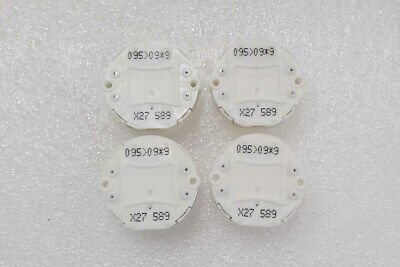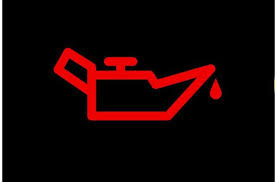garyb1st
Well-known member
Got two alarms driving in extreme heat yesterday.
We left the campground early to avoid the forecasted high of 123º in Needles CA. It was only in the mid-90º's when we drove past the Needles exit at 6 AM. For those not familiar with the grade on I-40 heading west toward Barstow, it's long and steady. Not much more than 3 - 4% but the elevation gain is about 2300 feet. Needles is about 350 feet.
I had never heard this particular alarm before. I thought it might have been my wifes cell phone. The second time I heard it I also saw the light on the dash. A water can that illuminated. We were running hot but my dash gauge had not moved. Still sitting exactly in the middle. I turned off the AC and had my wife check her phone which had the Torque ODB app. It was up to 225º at one point. Usually the motorhome runs in the mid 190º's to maybe 218º on a long pull.
Turning off the AC helped and we managed to get to a rest area where I checked the coolant. Everything seemed to be OK. No leaks, no smell of coolant.
Not sure what's wrong with the dash gauges. They were replaced prior to our purchase. Since we managed the remaining 200 miles back to our home in heat hovering around 100º, I'm hoping there is nothing wrong with the cooling system. In the 4 years we've owned the Pace we've driven maybe 20,000 miles and the ODO is currently around 53,000. Not sure what service was performed prior to our ownership but I'm thinking at least a thorough check of the radiator/cooling system is in order.
Anyone with the Workhorse 8.1 Vortec have similar experience?
We left the campground early to avoid the forecasted high of 123º in Needles CA. It was only in the mid-90º's when we drove past the Needles exit at 6 AM. For those not familiar with the grade on I-40 heading west toward Barstow, it's long and steady. Not much more than 3 - 4% but the elevation gain is about 2300 feet. Needles is about 350 feet.
I had never heard this particular alarm before. I thought it might have been my wifes cell phone. The second time I heard it I also saw the light on the dash. A water can that illuminated. We were running hot but my dash gauge had not moved. Still sitting exactly in the middle. I turned off the AC and had my wife check her phone which had the Torque ODB app. It was up to 225º at one point. Usually the motorhome runs in the mid 190º's to maybe 218º on a long pull.
Turning off the AC helped and we managed to get to a rest area where I checked the coolant. Everything seemed to be OK. No leaks, no smell of coolant.
Not sure what's wrong with the dash gauges. They were replaced prior to our purchase. Since we managed the remaining 200 miles back to our home in heat hovering around 100º, I'm hoping there is nothing wrong with the cooling system. In the 4 years we've owned the Pace we've driven maybe 20,000 miles and the ODO is currently around 53,000. Not sure what service was performed prior to our ownership but I'm thinking at least a thorough check of the radiator/cooling system is in order.
Anyone with the Workhorse 8.1 Vortec have similar experience?


